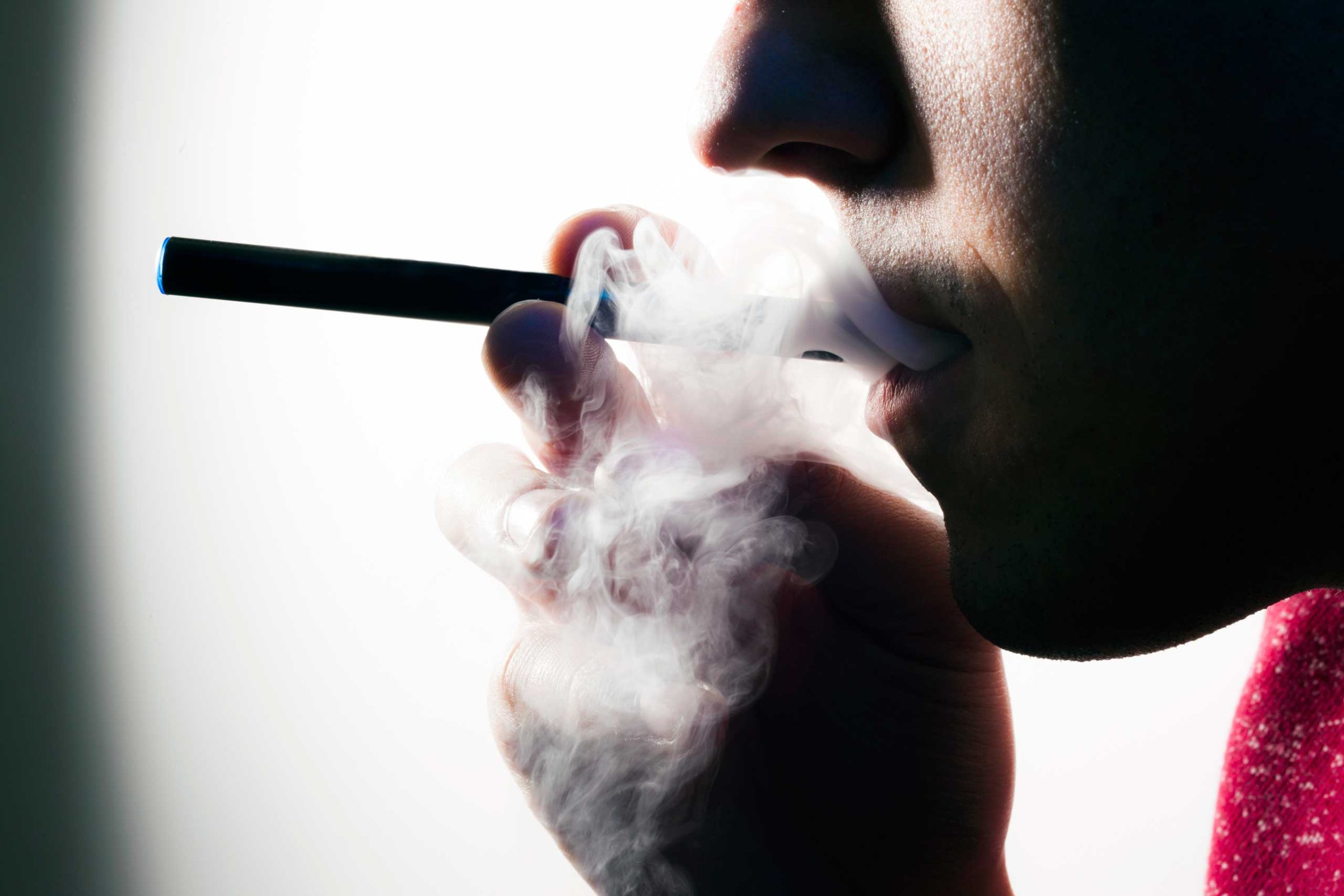
Smoking is on the decline in the U.S., according to data from the Centers for Disease Control, but vulnerable demographics are are still smoking at relatively high rates.
According to data released by the CDC on Thursday, the smoking rate among adults is now at 16.8%—down from 20.9% in 2005 and 17.8% in 2013. However, not all groups saw equivalent declines. Adults who are on Medicaid or uninsured smoke at rates more than twice that of adults who are on Medicare or have private insurance, for example, and 43% of adults with a G.E.D. were smokers, compared to 5% of adults with a graduate degree. Those living below the federal poverty line smoke at a rate of 26.3%.
Additionally, the report found that 18.8 percent of males smoke, in comparison to 14.8 percent of females.
“Disparities are the single most important issue in smoking,” Kenneth Warner, a professor at the University of Michigan School of Public Health, told the New York Times. “The people who are politically influential believe the smoking problem has been solved. It’s not in their neighborhoods. Their friends don’t smoke. Those who still smoke are the poor, the disenfranchised, the mentally ill. That’s who we need to focus on.”
Federal authorities proposed a ban on smoking in public housing Thursday that would effect more than 700,000 homes if implemented.
More Must-Reads From TIME
- The 100 Most Influential People of 2024
- Coco Gauff Is Playing for Herself Now
- Scenes From Pro-Palestinian Encampments Across U.S. Universities
- 6 Compliments That Land Every Time
- If You're Dating Right Now , You're Brave: Column
- The AI That Could Heal a Divided Internet
- Fallout Is a Brilliant Model for the Future of Video Game Adaptations
- Want Weekly Recs on What to Watch, Read, and More? Sign Up for Worth Your Time
Write to Julia Zorthian at julia.zorthian@time.com